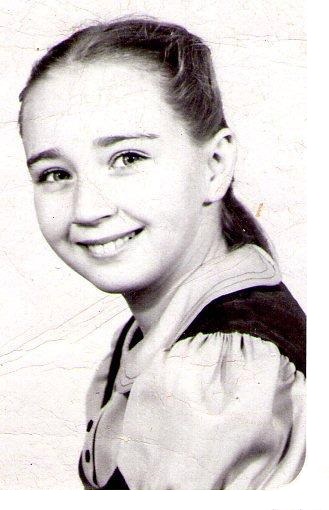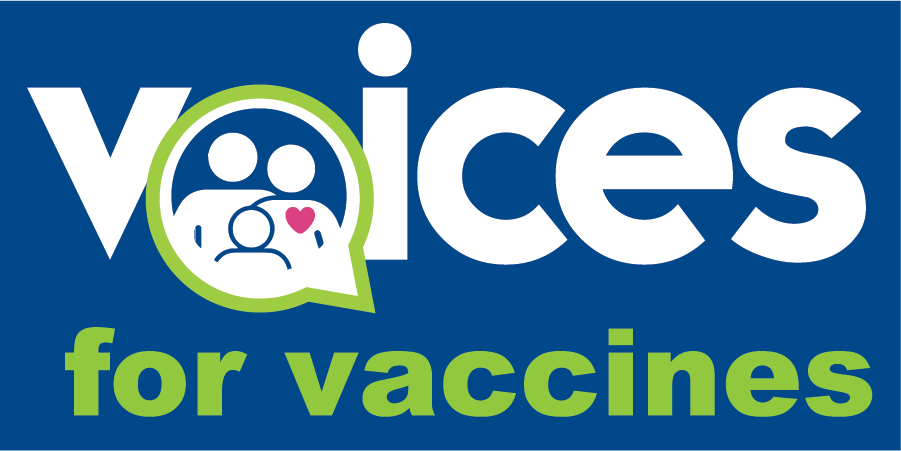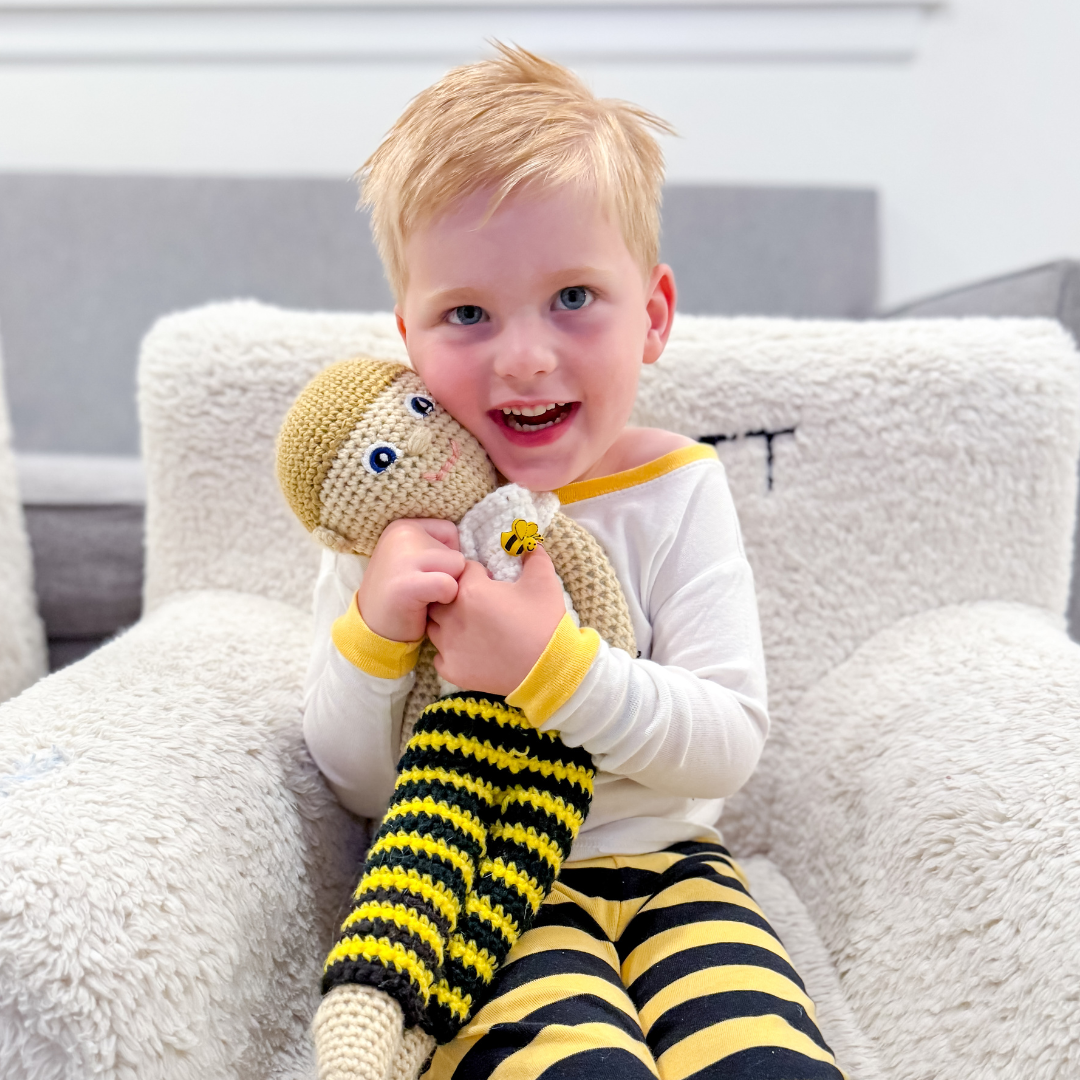by Hilary M.
I caught polio when I was 11 years old. It affected the entire right side of my body, and the initial illness was really scary. I had a high fever, I hallucinated, and my doctor thought I might have meningitis. I was just a little kid, and people were telling me, “You’ll never walk again.”
I ended up missing half a year of school and going to the Red Cross every morning for physical therapy. My mom, who was a homemaker, started a job as a social worker a few times a week to help pay for my care. Over those six months, I did re-learn how to walk, but my life wasn’t the same.

Falling Behind Peers
I returned to school with a limp and special shoes. I couldn’t keep up in gym class, couldn’t do my favorite sports anymore, and I got bullied a lot. The general perception was that I was a “cripple,” and I wasn’t invited to many events because I couldn’t participate in them. But as a polio survivor, I had a need not to be seen as weak–a big need. People said I’d never walk again, yet I did. And then they said, “Oh, you’ll walk, but you’ll never dance again.”
“Don’t tell me I’ll never dance,” I thought, “I’ll dance on your grave!”
Unfortunately, this mindset affected my life when I needed help, especially mental health help. I wouldn’t go get it. I had a minor limp as a high schooler, but I was depressed.
I felt like I was worthless because I didn’t match my friends and couldn’t do a lot of the things they could. I wasn’t a very buxom person in the first place, but I lost weight while sick and didn’t have much of a figure afterward. I didn’t think that anybody, especially boys, would care for me. Really, I just felt like a loser.
Polio Strikes Twice
Eventually, my self-esteem improved, and I got a job where I did really well. I was a therapist for teenage girls for 35 years or so. But at the age of 38, I started to get the symptoms of post-polio syndrome. I felt weakness on my right side, where I’d had most of the damage from polio. I began to tire easily, and my limp became more pronounced.
My self-esteem once again plunged because I couldn’t do things that I otherwise would have been able to. Fortunately, I was good at my job, so I got by.
Parents who refuse to vaccinate should know their child might suffer twice. My doctor explained it this way: all the neurons that were destroyed by polio don’t come back. Other neurons try to make up the difference, but eventually, they can’t compensate. And then that’s how post-polio happens.
In general, people were more pro-vaccine in the time of polio than they are now. Vaccines are being used as a political issue, and a whole lot of kids are going to be hurt as a result. I don’t want to see them have to go through all the things that I went through because it’s not necessary.
Hilary M. is an 81 year old retired therapist in children’s mental health, an awarded member of her church for her work on social justice causes, and an avid fan of pitbulls and other people’s tattoos. She likes to spend her days enjoying her cozy Canadian cottage, doing crossword puzzles, creating art, and yelling at the television.
Hilary’s story, like all others on this blog, was a voluntary submission. If you want to help make a difference, submit your own post by emailing us through our contact form. We depend on real people like you sharing experience to protect others from misinformation.



